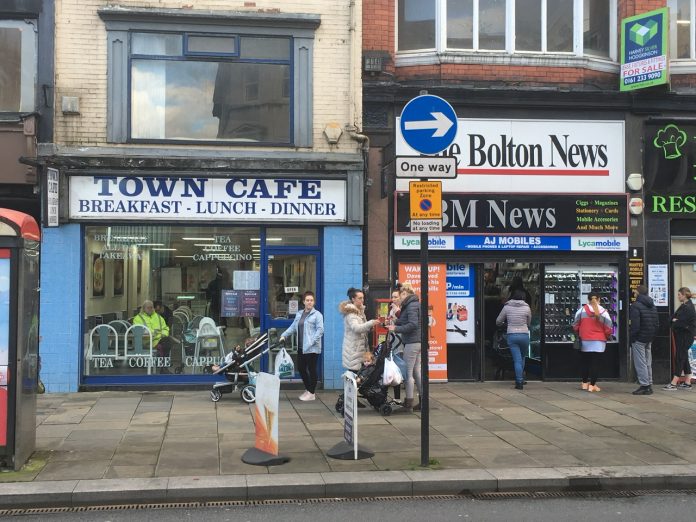Seven-in-ten working-age families eligible for means-tested benefit support will be worse off under ‘Universal Credit Britain’ than with the pre-reform system.
The report out today by the Resolution Foundation research Think Tank finds that Universal Credit (UC) is on track to be fully rolled-out to seven million families by the end of the next parliament, with working renters the main winners and those with disabilities the main losers from the reform
Both the benefit system and the country have changed considerably since the introduction of UC in 2013.
The fifteen-year roll-out has been characterised by prolonged welfare cuts. By 2028, entitlements to UC will total around £86 billion a year, but this is £14 billion less than if the government had kept the 2013-14 benefit system. As a result, seven-in-ten working-age families eligible for means-tested benefit support will be worse off under ‘Universal Credit Britain’ than with the pre-reform system.
However, most of these cuts have occurred across the entire working-age benefit system, rather than being unique to UC. The report notes that the impact of UC in isolation is more nuanced, saving £4 billion compared to the legacy system (with an average loss of £350 for eligible families), and creating a mix of winners and losers. This reflects the different priorities of the welfare reform, as well as the inevitable consequences of rolling six complex benefits into one.
The research finds that the biggest beneficiaries from the switch to UC are working families in rented accommodation. A renting single parent who works 30 hours per week on the National Living Wage will be nearly £3,800 per year better off in 2024-25 than if they were on the old system. Across the 2.7 million families in the private rental sector that are eligible for UC, the average gain compared to the old system is £1,200.
However, the report also shows that the streamlining of disability premiums means that out-of-work claimants with disabilities are likely to be worse off under UC. For example, a single person with a long-term disability that prevents them from working will now be £2,800 per year worse off.
As well as simplifying the benefit system, UC was designed to ‘make work pay’ through a mix of ‘carrots and sticks’. The report shows it has done this by virtually eliminating the very high marginal deduction rates of the old system – the number of claimants losing over 70p of every extra pound they earned has fallen from 1.4 million to just 165,000. Conditionality also plays a bigger role, with 2.7 million UC claimants subject to some form of conditionality, compared to 1.1 million in the legacy system back in 2013-14.
But although ‘making work pay’ may have been the right focus for the problems of high unemployment and worklessness in the early 2010s, Britain today faces different labour market challenges.
While the unemployment rate has fallen from 8.5 per cent in 2011 to just 3.8 per cent in 2023, and there are currently only 35,000 workless couples with children where at least one parent is unemployed, economic inactivity due to poor health is at near-record levels.
The report notes that the number of benefit claimants who are out of work because of ill-health has almost doubled since UC was first introduced to reach 2.3 million now.
The Government has recently announced long-run changes to UC that should encourage people with ill-health to seek work. The report says that whoever wins the next election will need to build on these plans, while recognising that Universal Credit cannot by itself tackle Britain’s growing sickness problems.
Alex Clegg, Economist at the Resolution Foundation, said:
“Whoever wins the next election will be governing a ‘Universal Credit Britain’, with seven million families eventually receiving the new benefit. It is vital that they understand both the system they will inherit and the population that relies on its support.
“A lot has changed since Universal Credit was first introduced back in 2013. The working-age benefit system is less generous, with entitlement down by £14 billion. The reform was designed to meet the 2010s’ problem of high unemployment, but Britain in the 2020s faces new challenges from an older and sicker population.
“Compared to the old system, Universal Credit offers greater support for renters and stronger incentives to enter work. But its original design did not anticipate there being over two million claimants with poor health or disabilities. Alongside efforts from the NHS, education, and labour market policy to address the drivers of ill-health, UC will need to change to tackle Britain’s new challenge of long-term sickness.”







